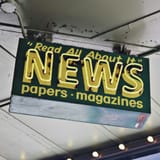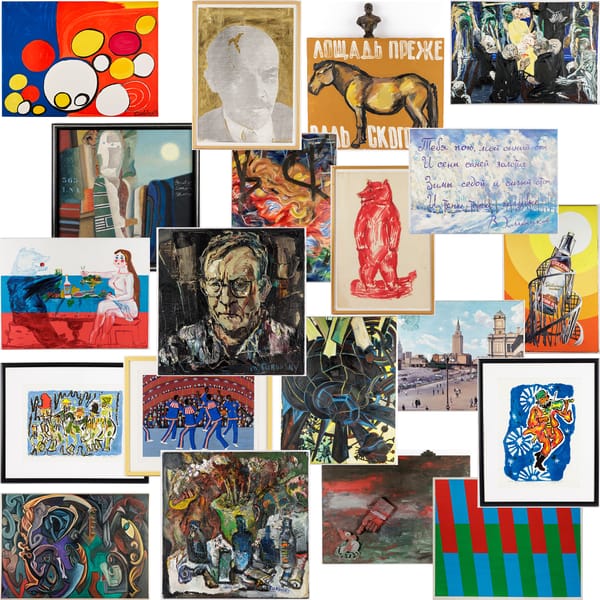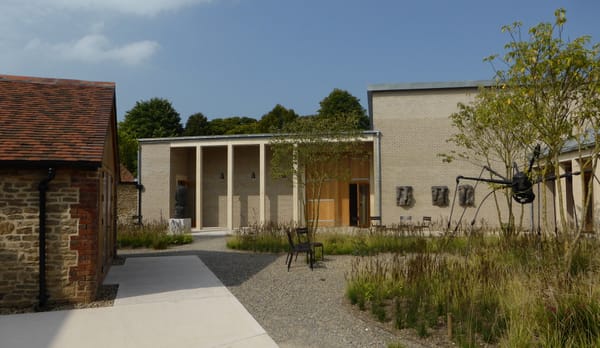Sotheby’s $1 Billion Boost and the Middle East’s Rise in the Global Art Market
Sotheby’s recent investment from Abu Dhabi’s ADQ reflects a broader shift toward the Middle East’s growing influence in the global art market.

Last week, Sotheby’s finally secured a $1 billion cash injection from Abu Dhabi’s sovereign wealth fund, ADQ. For a debt-burdened auction house aiming to redefine itself, the relief was palpable. Yet this partnership is more than financial—it signals a shift in the art world’s center of gravity toward the Middle East, a region investing heavily in cultural influence and luxury appeal.
For Sotheby’s CEO Charles Stewart, this cash infusion could catalyze his vision to transform the storied auction house into a luxury brand on par with global icons. But Stewart’s ambitions align with a much larger story—the UAE’s cultural renaissance, where capital and vision converge to reshape not just art, but the luxury and tourism sectors as well.
Abu Dhabi’s Ambitious Cultural Vision: From Sand to Global Art Hub
Over the past two decades, the UAE, and particularly Abu Dhabi, has committed itself to redefining its cultural identity. This vision has turned desert landscapes into global art destinations. In 2005, Abu Dhabi pledged billions to diversify beyond oil, creating a world-renowned cultural district on Saadiyat Island. This $27 billion project wasn’t just financial risk; it was a strategic reimagination of what this city could become on the world stage.
The Louvre Abu Dhabi, Saadiyat’s crown jewel, opened in 2017 with a mission to bring a universal perspective to art history. For $650 million, Abu Dhabi secured the Louvre’s brand and expertise, establishing itself as a “universal museum” that narrates art across borders. In 2026, Guggenheim Abu Dhabi—a Frank Gehry-designed marvel housing iconic works by artists like Richard Prince and Adel El-Siwi—will join Saadiyat’s cultural landscape. These institutions aren’t just landmarks; they’re Abu Dhabi’s declaration of its place in global culture.
The Middle Eastern Art Scene Grows Up: From Market to Legacy
While Dubai has long held the spotlight as the Gulf’s commercial art hub, known for its bustling galleries and vibrant Art Dubai fair, Abu Dhabi has taken a longer-term approach. Rather than chasing rapid growth, it has focused on building lasting cultural infrastructure. According to Hattie Bowring, creative director at Citizen Global and Wild Media, “Abu Dhabi is the staid older brother to Dubai’s creative, entrepreneurial spirit.”
But could this balance be shifting? Rumors swirl that Art Basel may take over Abu Dhabi Art, a move that could elevate the fair’s global stature. Many in the art world view this potential partnership as a masterstroke, one that could position Abu Dhabi Art on the global stage and shift regional art market dynamics.
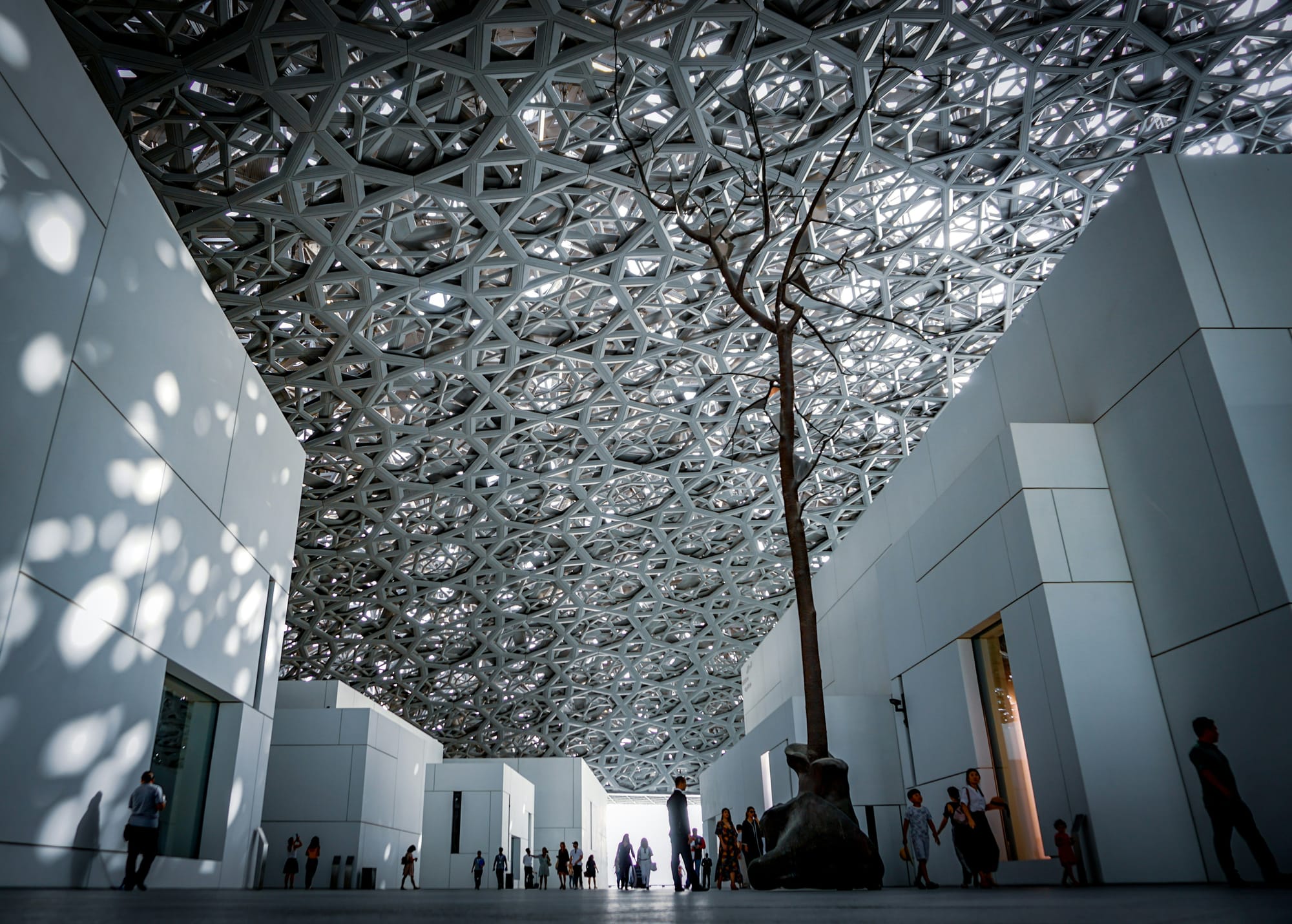
Following the Money: Why Global Art Brands Are Moving East
The UAE has quickly become a magnet for wealth, recently named the world’s wealthiest city in terms of assets managed by sovereign funds. High-net-worth individuals from Europe, Asia, and the Middle East are moving their fortunes to the UAE, drawn by tax benefits and stability. For major art brands like Sotheby’s and Art Basel, this shift makes perfect business sense: follow the money.
“Major players in the art world are increasingly drawn to where wealth is concentrated,” notes ART Walkway editor and critic Panu Syrjämäki. “With global economic pressures and shifting tax policies, it’s no surprise that collectors from Europe, the Middle East, and China are focusing on regions that offer financial stability—and the UAE is quickly becoming central to this shift.”
Both Art Basel and Frieze, two of the most prominent art fair brands, are under mounting pressure to secure high-value deals to offset rising global costs. From fair logistics and shipping to storage, the post-Covid landscape has raised expenses significantly. Just as Abu Dhabi diversifies its economy through culture, art fairs are now diversifying their presence by anchoring themselves in regions of growth potential and financial stability.
Saudi Arabia Joins the Scene: Sotheby’s First Auction in Riyadh
Meanwhile, neighboring Saudi Arabia is making its own strategic moves in the art world. Sotheby’s recently announced that it will host its first international auction in Riyadh’s Diriyah district in early 2025. This move aligns with Saudi Arabia’s Vision 2030, a government program aimed at diversifying the economy by emphasizing culture as a central component of the country’s future.
The auction will feature a range of works by Saudi and international artists, luxury items, and rare artifacts, inviting global collectors to experience Saudi Arabia’s blossoming cultural scene firsthand. Edward Gibbs, Sotheby’s Middle East & India chairman, describes Saudi Arabia’s commitment to culture as both ambitious and transformative. “Having a permanent base in Riyadh means we’re not just selling art; we’re investing in a community eager to engage with the arts in a deep, lasting way,” he says.
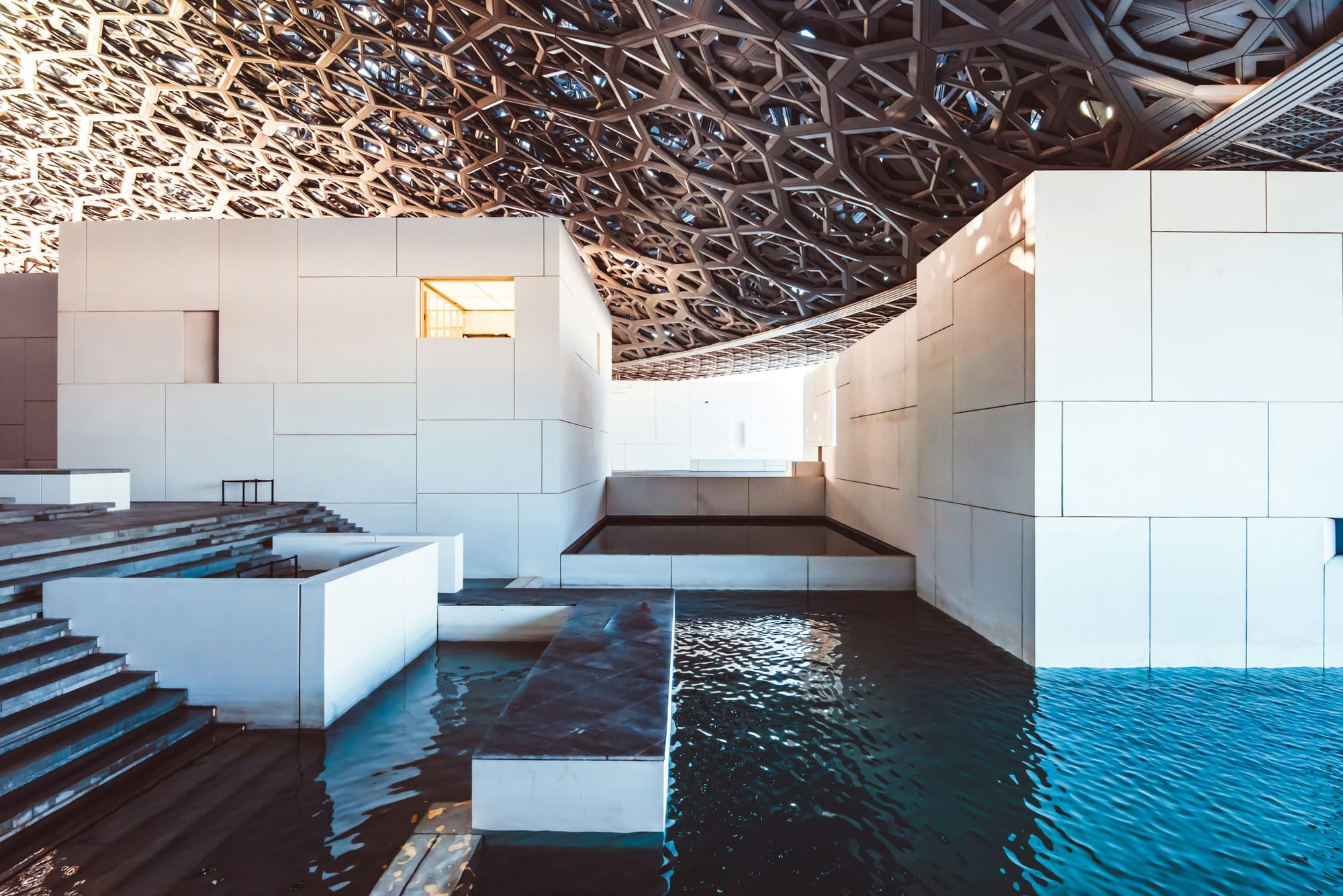
The Local Skepticism: Will Global Brands Truly Connect?
However, there’s another layer to this story: the question of local relevance. A forthcoming report from Citizen Global suggests that some UAE locals are skeptical of Western institutions establishing outposts without truly connecting to the region’s artists. For the UAE’s art community, Western involvement brings prestige, but it also raises questions about focus and inclusivity. Can these institutions bridge the cultural gap, or will they remain islands of Western influence in a local landscape?
“As we’re seeing with the ever-growing cycle of art fairs, the industry’s rapid expansion can sometimes feel disconnected from local culture,” says Panu Syrjämäki. “The UAE’s bold investments in the arts are exciting, but the real challenge will be ensuring that these fairs and exhibitions truly resonate with regional artists and collectors.”
Art Beyond Borders: The New Era of Cultural Investment
What’s unfolding in the Middle East is about more than building cultural assets; it’s a reimagining of art’s role in economies and societies alike. With Abu Dhabi’s ambition, Saudi Arabia’s Vision 2030, and Dubai’s commercial energy, the Middle East is positioning itself as a cultural powerhouse on the world stage.
Sotheby’s $1 billion boost from Abu Dhabi is part of a larger wave reshaping the art world’s map. This isn’t just about markets—it’s about influence, about who gets to tell the story of art and culture in the 21st century. As the Middle East confidently steps onto the global art stage, the rest of the world is watching closely.
ART Walkway News

